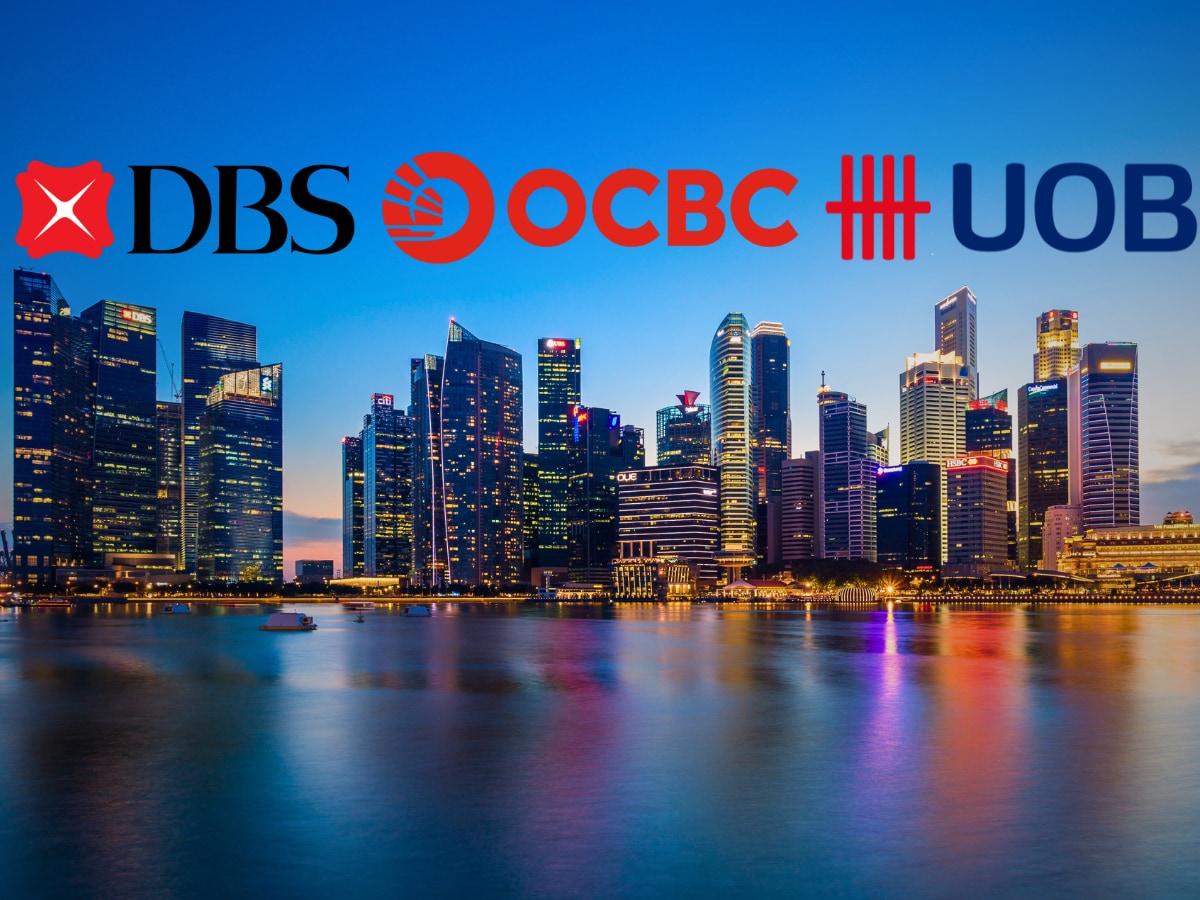Introduction: The Silent AI Revolution in Singapore’s Finance
Singapore’s financial sector is embarking on a quiet yet seismic shift: the adoption of AI Content generation not as a gimmick, but as a strategic imperative. Banks and institutions are blending AI-driven workflows into the fabric of their operations—producing everything from marketing copy and customer communications to internal reports, policy documents, and compliance summaries. What appears incremental is, in reality, a foundational transformation in how content is conceived, created, and consumed.
This isn’t about flashy demos. It’s about pragmatism: scaling output, maintaining brand consistency, and enabling real-time responsiveness in marketing campaigns. Whether through generative chatbots answering client queries or rule-based engines drafting regulatory disclosures, AI Content is reshaping productivity and customer trust. As financial institutions pursue hyper-personalisation and tailor-made advice, AI Marketing tools amplify targeted outreach while staying compliant. This blog unpacks how and why Singapore’s financial sector is betting big on AI content generation—silently, strategically, and with deep ambition.

Strategic Drivers Fueling the AI Content Push
Singapore’s rise as a fintech hub is no accident. The Monetary Authority of Singapore (MAS) backs innovation through initiatives like PathFin.ai, which supports financial institutions with real‑world use cases, training, and AI literacy development across banking, insurance, and payments. The MAS also promotes responsible AI adoption through supervisory guidelines and Project MindForge, a governance framework built in collaboration with industry players including Google and Microsoft to embed explainability, fairness, and cybersecurity safeguards in generative AI projects.
At the same time, national strategy targets tripling AI practitioners to 15,000 by attracting and re-skilling talent in data science, machine learning, and NLP disciplines—including those crucial for AI Content and AI Marketing innovation. Government-accredited bodies like AI Singapore, IMDA, and GFTN ensure Singapore remains a testbed for use-case prototyping while retaining regulatory rigour and ecosystem-wide collaboration.

Trailblazers: DBS, OCBC, and UOB Leading the Charge
DBS, OCBC, and UOB have emerged as early adopters of generative AI, embedding AI Content workflows into both internal and customer‑facing operations. At DBS alone, more than 350 generative AI use cases are live, supported by 1,500 models in production. Collectively, these initiatives are expected to generate over S$1 billion in economic value in 2025, up from around S$750 million in 2024.
OCBC’s internal AI platform—OCBC GPT—has handled over a million employee prompts, accelerating writing, summarisation, and research tasks within a secure private cloud setup. Meanwhile UOB trialled Microsoft 365 Copilot across branches and operations, integrating AI Marketing workflows to draft personalised customer content, financial presentations, and reports, helping banks improve clarity and reduce turnaround time dramatically.
These deployments aren’t superficial. They reflect a deeper shift: a move from siloed POCs to enterprise‑wide generative AI adoption—where AI Content tools become baked into daily operations, not optional extras.

Use Cases: Where AI Content Meets Real-World Financial Operations
AI Content generation is translating into real productivity across a spectrum of use cases.
• Internal writing and documentation: Banks leverage generative AI for drafting internal policies, regulatory compliance materials, research briefs, and newsletters. By automating repetitive writing tasks, institutions can redeploy human experts to high-value analysis.
• Customer support automation: Chatbots and virtual assistants, powered by generative AI, handle routine inquiries and FAQs 24/7. They escalate complex issues as needed, maintaining brand voice and regulatory compliance in auto-generated responses.
• Regulatory reporting & compliance: Financial firms use AI to summarise risk assessments, anti-money-laundering (AML) documentation, and compliance reports. This mitigates error, speeds turnaround, and reduces manual burden.
• AI Marketing and personalization: Generative models power dynamic marketing campaigns—producing ad copy, email series, social posts, and landing page content tailored in real-time to customer segments. Businesses in multilingual Singapore especially benefit from AI Content tools that localise marketing messaging efficiently.
Through these use cases, banks are achieving scale in content output, quality consistency, and compliance alignment—making AI Content and AI Marketing not just enablers, but core engines of transformation.

Economic Upside: Productivity Gains and Measurable ROI
The numbers tell a compelling story. At DBS, generative AI tools are estimated to generate S$1 billion in economic value in 2025, up from S$750 million in 2024—propelled by 350 deployed use cases and 1,500 models in production. These models support everything from customer engagement scripts and marketing copy to compliance documentation and research briefs.
OCBC reports internal platforms like Document AI and Buddy that dramatically speed up writing, summarisation, and coding tasks—cutting task time by up to 50% and powering millions of automated decisions per day. The outcome is clear: strategic investment in AI Content and AI Marketing translates into consistency, scalability, and resilience—reducing manual workloads while enhancing precision across communication channels.
UOB’s Microsoft Copilot rollout further reinforced the gains: frontline staff and operations teams can draft polished messaging and presentations quickly, allowing more time for client engagement and strategic thinking. Whether it’s content for internal alignment or external outreach, generative AI acts as both a productivity multiplier and a brand safeguard.

Governance & Risk Management: Building AI That Respects Boundaries
Singapore’s approach isn’t just about pushing generative AI hard—it’s about pushing responsibly. MAS has rolled out supervisory guidance and frameworks like Project MindForge to help financial institutions assess risk across aspects like bias, transparency, explainability, legal compliance, and security. These guidelines emphasise human oversight, model testing, vulnerability reviews, and data protection protocols to avoid misuse or unintended consequences.
Banks have built in structured controls: DBS employs its PURE framework (Purposeful, Unsurprising, Respectful, Explainable) since 2018, to govern AI applications and align them with business purpose and ethics. Institutions conduct cross‑functional risk reviews at multiple stages of AI development—from pilot to production—to catch hallucinations, data leakage, or inappropriate content output early. Private cloud deployments, rigorous contractual safeguards, and curated input-output guardrails further reduce third-party risks.
By treating governance as a foundational pillar—not an afterthought—Singapore’s financial sector is forging an ecosystem where AI Content and AI Marketing innovation thrives within structural boundaries and accountability.
Conclusion: What Lies Ahead for AI Content in Singapore’s Finance Sector
Singapore is moving beyond experimentation to execution in AI content generation. The next phase is customer-facing AI: investment advisers, virtual assistants, and personalised insights powered by large language models. Institutions are exploring real-time advisory content and dynamic market commentary, bridging AI Marketing with AI Content generation.
Singapore’s broader economic strategy now ties AI to national growth. Entities like Temasek are investing in global AI infrastructure, while MAS‑backed consortia fuel ecosystem-wide innovation and governance standards.
Yet challenges remain: global competition, ROI pressure, legacy tech complexity, and evolving regulation. Financial firms must stay adaptive—continuously monitoring performance, refining governance frameworks, and investing in talent to stay resilient.
In sum, Singapore’s financial sector is not dabbling in AI Content and AI Marketing—it is methodically building the blueprint for generative AI in finance. Quiet, strategic, and resolute, Singapore is shaping how financial content is created, scaled, and governed in the digital age.





